This post may contain affiliate links for which I earn a small commission at no extra cost to you. For more info, check out my Disclosure Policy. Thank you for your support!
If you have coeliac disease, the chances are by now you’ve come across an ingredients list with gluten free wheat starch in it.
And because it’s probably a gluten free labelled product, you might be feeling confused.
How can wheat starch be gluten free?
Doesn’t wheat contain gluten?
And is gluten free wheat starch safe for people with coeliac disease?
As so many people get, understandably, confused by this baffling ingredient, which sounds like it shouldn’t be gluten free, I thought I’d lay it out all for you.
Table of Contents
What is gluten free wheat starch?
Gluten free wheat starch – often labelled as codex wheat starch – is a product of wheat.
BUT it is wheat starch which is specially manufactured to be gluten free.
In essence, the wheat starch is washed, so that the level of gluten is within the Codex standard of 20 parts per million (ppm).
This means it can be legally classed as gluten free.
This level (20 parts per million) is what the law states is suitable for consumption by people with coeliac disease.
So if you see a product using codex wheat starch or gluten free wheat starch, it is safe for people with coeliac disease to consume, according to UK and EU law.
So why use gluten free wheat starch?
A lot of manufacturers like to use it, because it helps the product to act in a more ‘normal’ way.
According to Coeliac UK, it was first used as a basis to substitute ingredients like flour and improve the texture of products.
This is why it has become popular in many gluten free products.
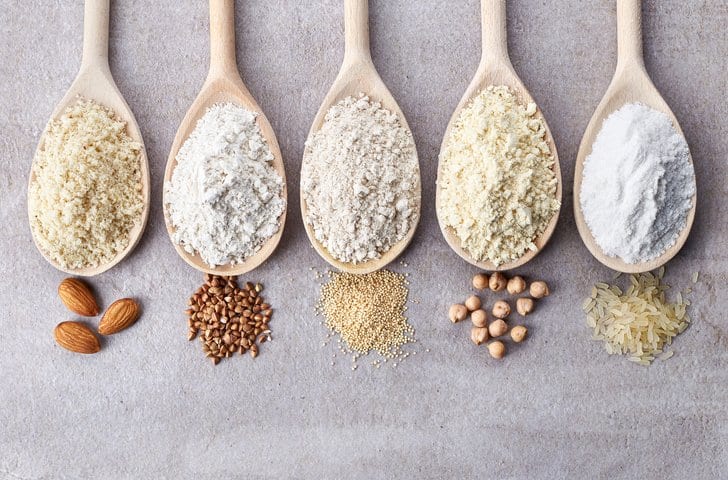
So is wheat starch gluten free?
Yes – but only gluten free wheat starch or codex gluten free wheat starch.
Where it is marked specifically as gluten free wheat starch, it is gluten free and Coeliac UK confirms this is safe for people with coeliac disease to consume.
This is because gluten free wheat starch is below 20ppm.
However, if the product is not labelled gluten free and the ingredients just say ‘wheat starch’, it’s likely this contains gluten.
Don’t be too confused – you’ll only really find gluten free wheat starch in free from products, so this is what will confirm it’s safe to eat.
Then why does it appear in bold on ingredients lists?
Most people who avoid gluten will be used to scanning ingredients lists for allergens, which are highlighted in bold.
This, I think, is where the confusion lies.
Gluten free wheat starch is highlighted because it contains wheat, and wheat is an allergen.
Under EU law, the top 14 allergens must be highlighted in bold on ingredients lists – and this includes wheat and barley, or any cereals which contain gluten.
So gluten free wheat starch is not safe for anyone who has a wheat allergy or intolerance, but is fine for those with coeliac disease.
This is because when you have coeliac disease, eating gluten triggers and autoimmune response. It is not an allergy or an intolerance.
A wheat allergy is a reaction to wheat, so they are two different things.
Someone with a wheat allergy could consume a wheat free bread made from something like rye, but this would not be gluten free, because rye contains gluten.
In the same way someone with coeliac disease could consume gluten free wheat starch, even though it contains wheat.
It’s easy to get them muddled, but they are different.
What sort of products contain gluten free wheat starch?
You’ll find gluten free wheat starch in a lot of baked goods.
For example, prescription-brand Juvela use gluten free wheat starch in their gluten free bread.
And of course, it’s here in the Cadbury’s gluten free mud cake too!
But in short, if a product is labelled as gluten free, then it will be gluten free.
This is protected by UK law.
If you’ve got more questions about coeliac disease, why not also join my new Gluten Free Blogger Facebook Group and share your own gluten free tips?
Come on over and say hello, it’s a lovely group with some amazing people!
Got more questions about gluten free life?
If you’re new to coeliac disease or a gluten free diet, then these other posts might be helpful:
- My coeliac disease FAQs
- Eight reasons to stay positive about gluten free life
- What is a ‘coeliac check-up’ and do I need one?
Like this post? Make sure you pin it for later!
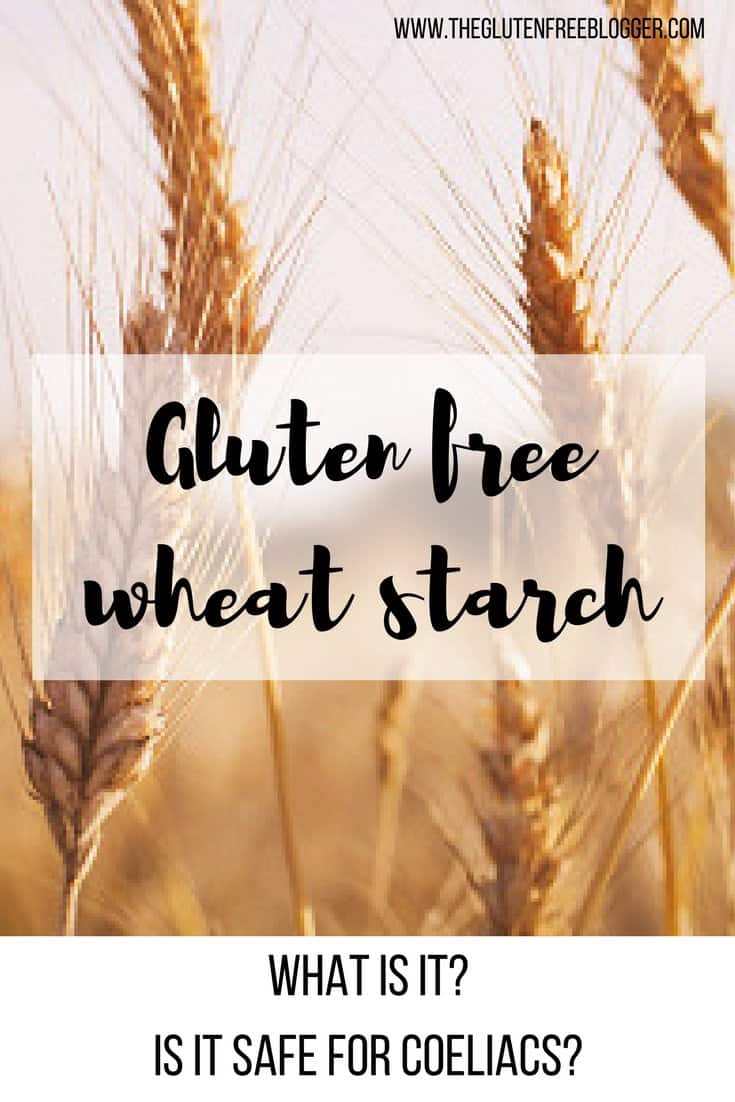

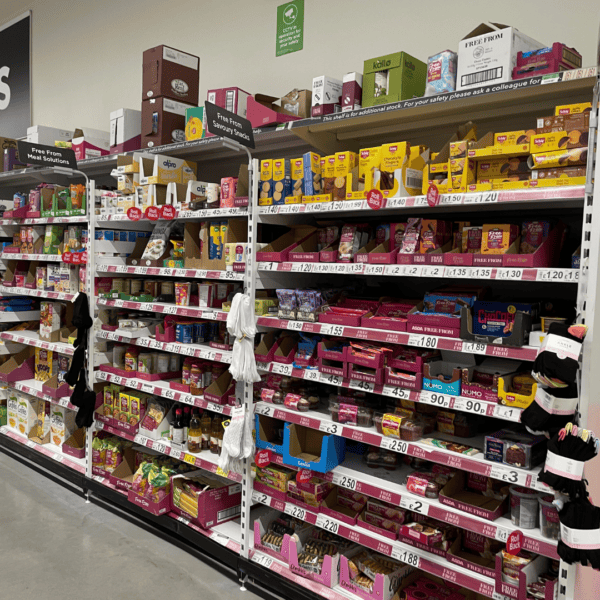
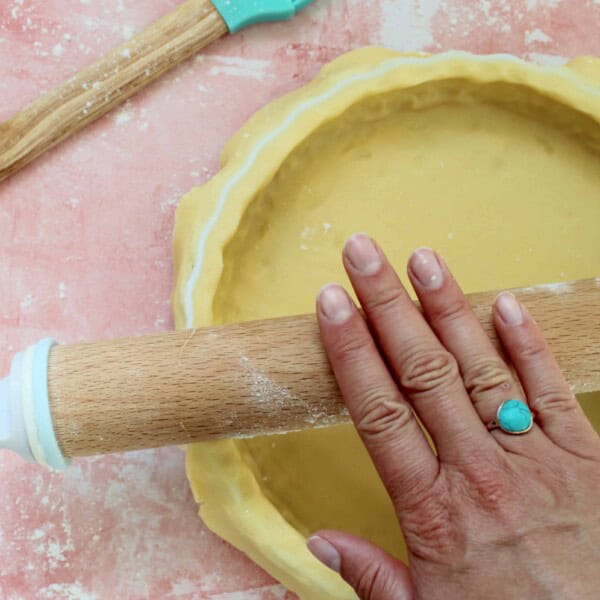
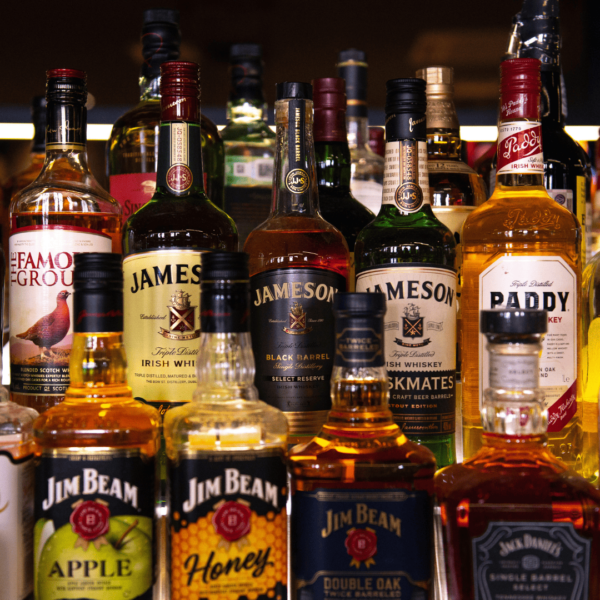
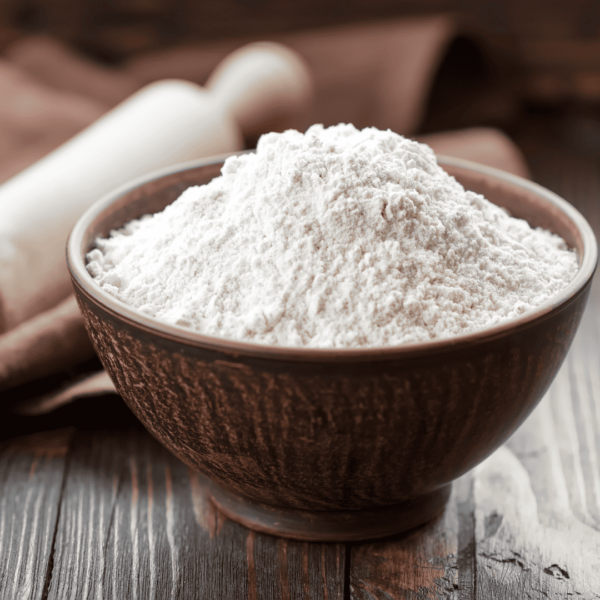

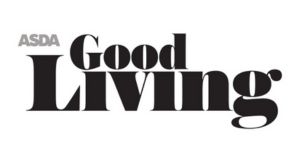







Unusual that they have gone with wheat starch. What an odd thing to do isn’t it ? As it’s far from an inclusive ingredient. Better choice would be corn flour.
I get terrible bloating from It . Never used to. So I cut it out .
Sadly, my daughter (who is coeliac and not allergic) cannot eat GF wheat starch and has a definable reaction to it…. so i REALLY hope this is NOT the way that gluten free food is going!
Oh…. and it is also bloody confusing when you are trying to teach a child to be safe reading labels x
I’m allergic to wheat and anaphaltic to soya. It’s bad enough that near anything sweet or chocolaty that’s gluten free contains soya even though it’s the third most common allergy but then M&S and Tesco changed all their gluten free range to using soya flour…..and now wheat starch…..i question why when sunflower lethicin can be used as an emulsifier in chocolate and corn flour can be used in other products both of which are cheaper.
I truly hope this isn’t going to become a trend as I carry epipens and already meticulously svan ingredients. If something is gluten free many will automatically think it’s save for both and could be dangerous
Thankfully I rarely eat processed foods or beige goods haha but sometimes on the occasion I want a dessert and don’t want to bake this always is an issue. Olease manufacturers think and research as if you had a allergy that could seriously affect you
I realised only after I was hospitalised after having had gluten free wheat starch in bread at a hotel … it did taste great – hence, I presume, it becoming ever more popular! Unfortunately now, when I ask for ‘gluten AND wheat free food, I have had arguments with restaurants about them being ‘the same’ – ie – if it’s gluten free it must be wheat free. I despair. I’ve just been glutened at a restaurant this eve so feeling particularly frustrated and upset about the whole thing!.
Ugh this wheat starch left me on the floor in pain all night after 2 crackers at a restaurant in Milan. With my stomach knots beginning I question the restaurant. The shock and horror of myself and the restaurant staff when we saw ‘deglutenized wheat starch’ on the ‘gluten free’ ingredient list. They are not scientists nor did they need explaining, yet understood instantly. I guess common sense only exists when making money isn’t involved, a gf label shouldn’t be on these products. It’s an immune response therefore when the body recognizes the item the immune response triggers.